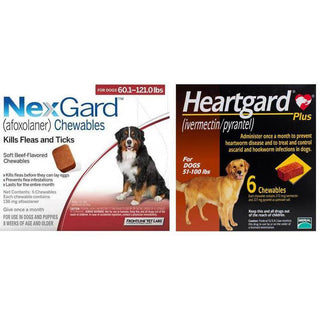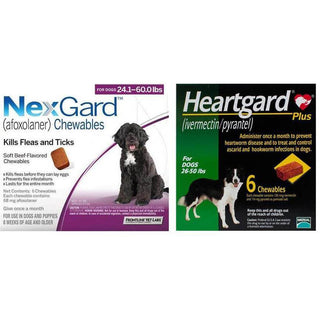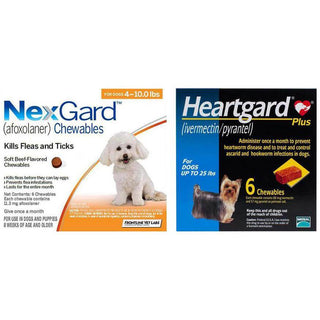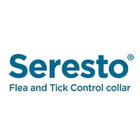When summer arrives, we all enjoy the sunshine and longer days. However, for our furry friends, the humidity and heat can lead to a range of skin issues. Dogs are more prone to skin problems during the warmer months due to increased exposure to allergens, parasites, and moisture. As a pet parent, it’s essential to recognize the signs early and know how to treat and prevent these problems to keep your dog happy and healthy throughout the entire season.
1. Hot Spots (Acute Moist Dermatitis)
What Are They?
Hot spots are red, inflamed, and often oozing patches of skin that appear suddenly and spread quickly. They are caused by excessive licking, scratching, or chewing, often due to allergies, insect bites, or underlying infections.
Symptoms:
- Red, moist, and irritated skin
- Hair loss in affected areas
- Constant licking or scratching
Treatment:
- Trim the hair around the area to let it breathe
- Gently clean the wound with antiseptic solutions
- Apply vet-approved topical creams
- Use an Elizabethan collar to prevent licking
- Visit your vet if the hot spot worsens or spreads
Prevention:
- Keep your dog’s coat dry and clean
- Address flea or tick infestations early
- Treat allergies with the help of your vet
2. Flea Allergy Dermatitis
What Is It?
Flea bites can cause allergic reactions in some dogs, leading to intense itching, inflammation, and skin infections. Just one flea bite can trigger a severe reaction in sensitive dogs.
Symptoms:
- Itchy, red bumps, especially around the tail, belly, and groin
- Scabs or crusty skin
- Hair loss in specific areas
Treatment:
- Administer flea treatment recommended by your vet
- Clean and vacuum your home thoroughly
- Use flea shampoos, sprays, or collars
Prevention:
- Regular flea and tick prevention year-round
- Keep your pet’s bedding and environment clean
- Use vet-approved flea treatments monthly
3. Sunburn
Yes, Dogs Can Get Sunburn Too!
Light-colored, short-haired, and hairless dogs are more prone to sunburn. Overexposure can lead to painful burns and even increase the risk of skin cancer.
Symptoms:
- Red, dry, or flaking skin
- Sensitivity to touch
- Peeling or blistering in severe cases
Treatment:
- Apply pet-safe soothing ointments like aloe vera
- Keep your dog in the shade
- Consult a vet for severe burns
Prevention:
- Limit sun exposure, especially between 10 AM and 4 PM
- Use pet-safe sunscreen on exposed areas
- Dress your dog in lightweight protective clothing if needed
4. Yeast Infections
What Are They?
Yeast thrives in warm, moist environments. Dogs with skin folds, such as Pugs and Bulldogs, are especially at risk in summer.
Symptoms:
- Musty odor
- Greasy, discolored skin
- Constant itching and licking
- Crusty or scaly patches
Treatment:
- Medicated shampoos and topical antifungal creams
- Oral antifungal medication (in severe cases)
- Keep affected areas dry and clean
Prevention:
- Regular bathing with vet-recommended products
- Dry your dog thoroughly after swimming or bathing
- Clean skin folds regularly
5. Swimmer’s Itch (Skin Irritation from Water)
What Is It?
Prolonged exposure to lakes, pools, or sprinklers can cause skin irritation in dogs. Chlorine and bacteria in the water can lead to itchiness or infections.
Symptoms:
- Itching or rashes after water activities
- Dry or flaky skin
- Licking or chewing affected areas
Treatment:
- After your dog goes for a swim, be sure to rinse them off with fresh, clean water to remove any chlorine, salt, or debris.
- Use hypoallergenic dog shampoos
- Apply vet-approved anti-itch sprays or lotions
Prevention:
- Dry your dog thoroughly after water play
- Avoid stagnant or dirty water sources
- Maintain a clean and well-groomed coat
6. Allergic Reactions
What Causes Them?
Summer brings pollen, mold, grass, and insect bites—common triggers for allergies in dogs.
Symptoms:
- Red, itchy skin
- Frequent ear infections
- Watery eyes or sneezing
- Excessive licking of paws
Treatment:
- Identify and avoid allergens if possible
- Allergy medications or antihistamines prescribed by a vet
- Regular cleaning of your dog’s bedding and paws
Prevention:
- Rinse your dog’s feet after walks
- Use air purifiers at home
Speak with your veterinarian about conducting allergy tests and exploring suitable treatment plans.
When to See a Vet
Not all skin issues can be managed at home. Visit your vet if:
- Symptoms persist for more than a few days
- Your dog is in visible discomfort
- You notice signs of infection like odor, pus, or swelling
Final Thoughts
The summer heat can be harsh on your dog’s skin, but with the proper care and early prevention, you can help keep skin issues at bay all season long. Regular grooming, flea prevention, staying dry, and avoiding sun exposure are key. Monitor your dog closely for any changes in their skin, and don’t hesitate to consult your veterinarian if you notice anything unusual.
Keeping your dog comfortable and itch-free this summer will ensure they enjoy the season just as much as you do!







